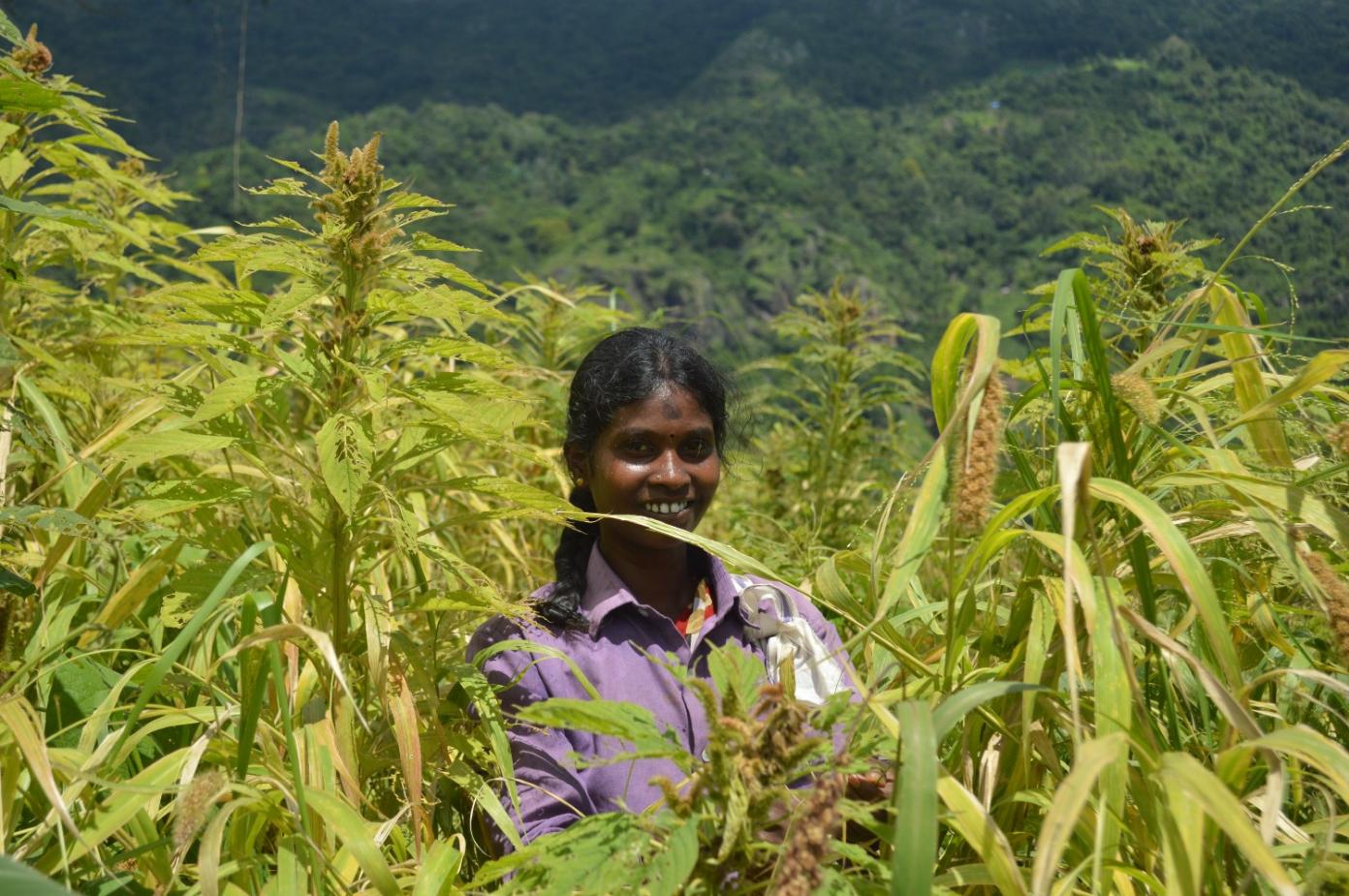Circular economy. It’s a phrase that we are seeing more and more often in headlines, political speeches and increasingly, as part of national climate pledges (formally known as Nationally Determined Contributions, or NDCs). But what does circular economy even mean?
When we hear of circular economy, we may think of recycling and waste management. And although this is a large part – designing out waste and pollution, and keeping materials and products in use for as long as possible – circular economy is so much more.
It is a framework for an economy that is restorative and regenerative by design – benefiting both people and planet – and which, ultimately, helps countries, cities and businesses re-imagine progress.
Examples are all around us.
We can see it in the cow dung and chicken manure processed into biogas for cooking, heating and lighting in Botswana.
In the cashew harvest by-product fuelling a new beverage industry in Benin, helping farmers supplement their off-season incomes.
In the marine plastic waste re-purposed in the manufacturing of high-value products such as architectural and decorative pieces, creating green jobs and sustaining Costa Rican fishing villagers’ livelihoods.
And we can see it in the ingenuity of business leaders in creating water-soluble, recyclable and biodegradable packaging, designed to break down harmlessly should it escape into the soil or sea.
Drawing on traditional knowledge
As we see circular economy climbing up the political agenda, we must acknowledge that circularity has been a way of life for millennia for Indigenous peoples worldwide.
We have a lot to learn from Indigenous and local custodians of the land and defenders of our mother Earth and future.
But how can we recognize and learn from these frontline grassroots communities? How can we document and scale up their traditional technologies and practices? How can their nature-based solutions be included in countries’ national climate pledges, for the benefit of all?
One example we can look to is the Asociación de Mujeres Indígenas Kábata Könana del Territorio Cabécar and the Indigenous women of the Talamanca region in Costa Rica. Drawing on their traditional agricultural practices and knowledge, waste becomes an input of the next cycle, animals play their part in fertilizing the soil, and weeds provide useful functions for growing crops. Traditional medicinal plants and local native seed varieties are grown and exchanged, creating local exchange fairs between families and communities, which help strengthen food sovereignty and security as well as community resilience in the face of external shocks. A system rooted in reciprocity and self-sufficiency.
Another example is the Aadhimalai Pazhangudiyinar Producer Company Limited, an Indigenous-owned producer collective located in the Nilgiri Biosphere Reserve in the Western Ghats of southern India, where traditional collection and production practices of non-timber forest products, such as honey, amla, soap nuts and berries, are helping ensure the management of the precious resources of the reserve as well as sustain the livelihoods of Indigenous communities. For example, the rituals and traditional ways of Indigenous ‘honey hunters’ and the marking of wild bee hives means that hives are not overharvested and bee colonies remain stable. Critical for a thriving biodiversity.
But how are these examples related to circular economy, I hear you ask. Well, such practices are creating local economies that are no longer centred around extractive and linear ‘take-make-dispose’ approaches. They are economies centred around holistic approaches, where one process or action feeds into another, fostering resilience, reciprocity and respect between people and nature. Economies that are restorative by design, or rather, default.
By looking to locally led and owned practices and action, we can see that Indigenous peoples have so much to share. So why haven’t we been fully listening?
Circular economy policies and strategies provide a key entry point to integrate this rich knowledge in local, subnational and national climate action, and NDCs are the perfect way to close the loop. We must just ensure that Indigenous peoples are in the driving seat to help turn these NDCs into action.
Through UNDP’s Climate Promise, a flagship initiative that provides support to 120 countries to enhance and implement their NDCs, we are supporting countries to identify and integrate circular opportunities in their revised NDCs and accelerate circular implementation. A key component of Climate Promise support is engaging all actors of society, including key agents of change such as Indigenous peoples and local communities. For more information on circular economy under the Climate Promise, please see here.
Both the Asociación de Mujeres Indígenas Kábata Könana del Territorio Cabécar and Aadhimalai Pazhangudiyinar Producer Company Limited are winners of the Equator Prize 2021. The Equator Prize, organized by the UNDP Equator Initiative, is awarded biennially to recognize outstanding community efforts to reduce poverty through the conservation and sustainable use of biodiversity.

 Locations
Locations
